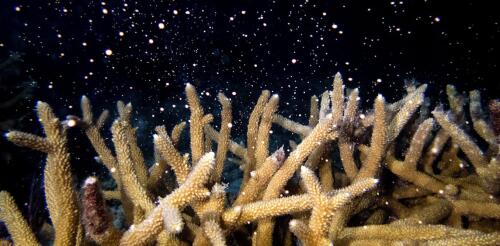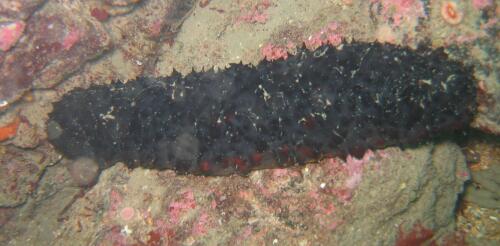Sea cucumbers
The world’s coral reefs are like underwater cities, bustling with all kinds of fish and sea animals. Coral reefs cover less than 1% of the ocean, but they support an estimated 25% of all marine species, including many important fish species. The economic value of the services that these complex ecosystems provide is estimated at over US$3.4 billion yearly just in the U.S. Today, rising ocean temperatures threaten many reefs’ survival. When ocean waters become too warm for too long, corals expel the colorful symbiotic algae, called zooxanthellae, that live in their tissues – a process called coral bleaching. These algae provide the corals with food, so bleached corals are vulnerable to starvation and disease and may die if the water does not cool quickly enough. With global ocean heat at record levels, scientists have confirmed that a global coral bleaching event is underway. Since the beginning of 2023, corals have been dying in the Indian, Pacific and Atlantic...
Sea cucumbers, scavengers of the seafloor that resemble the cylindrical vegetable, have been consumed as a delicacy in Asia for centuries. But in recent decades, they’ve been severely overharvested to a point that they are now quite rare. New research I helped conduct suggests their repopulation could play an important role in protecting and revitalizing another type of endangered marine organism: corals. Coral reefs are in decline around the world partly due to diseases, some of which are associated with sediment on the seafloor. In several field experiments involving corals in Moorea, French Polynesia, and around Palmyra Atoll, research scientist Cody Clements and I, along with two other colleagues working on marine microbes, found that sea cucumbers grazed and consumed bacteria in the sediment, and that sea cucumber presence prevented pathogens from sickening co-occurring corals. We learned this by either removing sea cucumbers from certain sand patches, while leaving...

